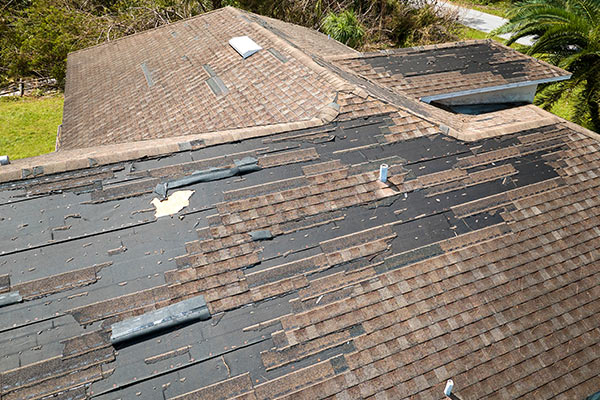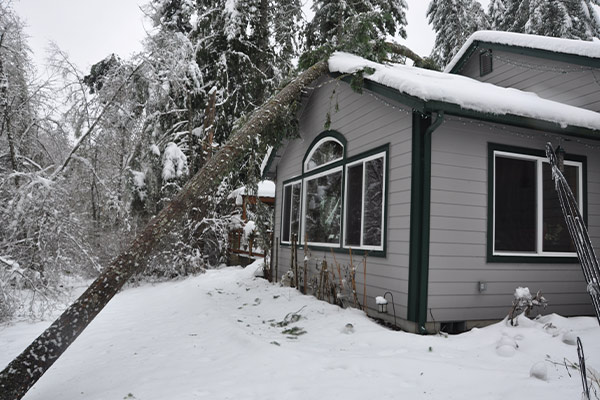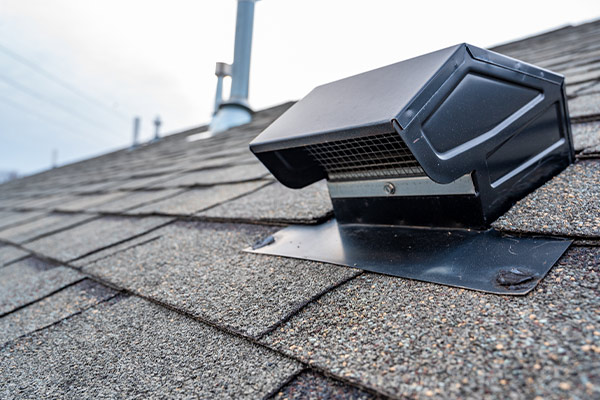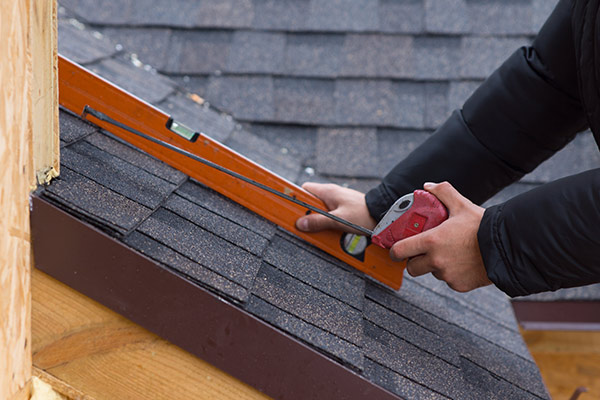Table of Contents
ToggleStorms in Blaine, MN, can be relentless, leaving your roof vulnerable to significant damage. Hail, high winds, and ice storms often take a toll on residential and commercial roofing, compromising its structural integrity. As a property owner, understanding how storm damage affects your roof is crucial for protecting your home or business.
When severe weather strikes, your roof becomes the first line of defense, but it’s also the most exposed. Missing shingles, leaks, and weakened structures are common issues caused by storm damage. Ignoring these problems can lead to costly repairs and long-term issues like reduced energy efficiency or water damage.
By learning how to identify storm-related damage and taking proactive steps, you can minimize risks and ensure your roof remains durable against future weather challenges. In Blaine’s unpredictable climate, staying informed is your best tool for safeguarding your property.
Common Types of Storm Damage to Roofs
Storms in Blaine, MN, frequently cause significant damage to residential and commercial roofing systems. Understanding the specific types of damage helps you assess your roof’s condition and address problems promptly.
Wind Damage
High winds often lift, curl, or tear shingles, leaving your roof vulnerable to water intrusion. In storm-prone areas, winds can exceed 50 mph, dislodging gutters, flashing, or damaging roof decking. Storm debris like fallen branches may puncture the roof, causing structural and surface issues. Check for missing, loose, or visibly damaged shingles as signs of wind damage.
Hail Damage
Hailstorms strike Blaine regularly, denting or cracking shingles and stripping protective granules. Severe hail, ranging from quarter-sized to baseball-sized, weakens your asphalt shingles’ ability to repel water, leading to potential leaks. Damage may also impact vents, skylights, or gutters. Inspect for bruised, chipped, or missing granules and damaged protrusions.
Snow and Ice Damage
Snow and ice create heavy loads on your roof, especially during harsh Minnesota winters. Ice dams occur when snow melts and refreezes along roof edges, trapping water. This water can seep beneath shingles, causing leaks and underlayment deterioration. Accumulated snow exacerbates structural stresses, increasing the risk of collapse in extreme cases.
Rainstorms and Leaks
Heavy rainfall can expose roof vulnerabilities caused by prior storm events. Damaged flashing, loose shingles, or clogged gutters funnel water into areas of weakness, leading to leaks. Repeated wetting and drying cycles degrade roofing materials, decreasing durability over time. After rainstorms, look for water stains, sagging ceilings, or pooling water near roof edges.
Signs of Storm Damage on Your Roof
Storms can leave your roof compromised, exposing your home to further damage. Identifying signs of storm damage early helps you address issues before they worsen.
Missing or Damaged Shingles
Storm winds often displace shingles or tear them off entirely. Look for bare spots on your roof or shingles scattered on the ground. Damaged shingles may show cracks, gaps, or curling edges. Missing or broken shingles increase the risk of leaks by leaving your roof exposed to rain and debris.
Leaks or Water Stains
Water stains are common indicators of roof damage. Inspect your attic and ceilings for damp spots, discoloration, or wet insulation. Peeling paint or swollen wood on walls can also point to a roofing issue. A thorough examination ensures you catch hidden leaks caused by storm-related damage.
Dented Gutters and Loose Shingle Granules
Hail and high winds can dent gutters or dislodge shingle granules. Check for dents along gutters and downspouts after severe weather. Also, look for excessive granules accumulating in gutters, on walkways, or around your home’s base. Missing granules reduce a shingle’s ability to protect against UV rays, hastening deterioration.
Structural Weakness and Cracks
Storms can cause cracks in your roof’s structure, particularly if combined with heavy snow or hail impacts. Watch for sagging rooflines, unusual creaking noises, or visible gaps. These signs suggest underlying structural damage that requires professional attention to prevent further complications.
The Importance of Emergency Roof Repair Blaine, MN
Addressing storm damage quickly protects your roof and prevents larger, costlier problems. Delaying storm damage repairs can lead to further deterioration and compromise your home’s safety.
Preventing Further Damage
Prompt repairs minimize ongoing damage caused by exposed sections of your roof. Missing shingles, for example, enable water penetration, which leads to leaks, mold growth, and structural decay.
Unchecked roof damage also increases vulnerability to pests and additional storms. Swift action ensures affected areas remain intact and prevents worsening conditions.
Cost-Effectiveness of Early Action
Early repairs reduce expenses by preventing more extensive damage to your roof and home. Fixing a small leak immediately, for instance, avoids larger costs like replacing insulation, repainting walls, or repairing water-damaged flooring.
Neglecting minor damages results in exponentially higher repair or replacement costs, while addressing issues early helps maintain your roof’s longevity and value.
How to Inspect and Address Roof Damage
Identifying and addressing storm damage promptly helps protect your roof’s integrity and prevents escalating issues. A structured approach ensures thorough evaluation and effective repairs.
Safety Precautions During Inspection
Ensure personal safety while inspecting your roof after a storm. Wear slip-resistant shoes to avoid falls, and use a sturdy ladder placed on stable ground. Inspect from the ground if climbing presents a risk; binoculars can help identify visible damage like missing shingles or dents. Avoid inspection during strong winds, icy surfaces, or when the roof is wet to minimize hazards.
Steps to Document Damage
Accurate documentation is essential for insurance claims and repair planning. Take clear photos of damaged areas, including missing or torn shingles, dents, or holes caused by hail. Capture water stains on ceilings or walls and detached gutters.
Record the damage’s location and extent, and maintain a written description alongside visual evidence to streamline claim processing and help contractors with accurate repair estimates.
When to Call a Professional
Consult a professional roofing contractor for a detailed evaluation if the damage is extensive or not visible from the ground. Licensed experts use advanced tools to identify concerns like hidden leaks, insulation issues, or structural weaknesses. Contacting a contractor is also crucial for safe assessment, especially if your roof is steep or hard to access.
Working with Insurance for Storm Damage
Navigating an insurance claim after storm damage in Blaine, MN, can feel overwhelming, but understanding the process makes it manageable. Working effectively with your insurance provider ensures your roof receives the repairs it needs.
Filing a Claim Efficiently
Act quickly after storm damage in Blaine. Document all visible damage by taking clear photos of your roof, gutters, and surrounding property. Written descriptions alongside visual evidence strengthen your claim.
Next, contact your insurance provider and report the damage. They may assign an adjuster or allow you to work with a roofing contractor to assess the extent of the damage. Before submitting your claim, schedule an inspection with an experienced roofing contractor.
A professional inspection provides a detailed written report that can support your claim and expedite approvals.
Understanding Insurance Coverage
Review your insurance policy to understand covered damages and excluded items. Paying attention to the declarations page helps clarify your roof repair or replacement eligibility and any deductible responsibilities.
Many policies include specific claim deadlines, so staying informed about the timelines is crucial. A dependable roofing contractor familiar with insurance claims can help clarify coverage questions and ensure all required documentation aligns with your policy’s guidelines.
Roof R Us Can Help You With Your Claim
Storm damage in Blaine can be overwhelming, but you don’t have to face it alone. Roof R Us is here to guide you through every step, from assessing your roof to navigating insurance claims. With expert knowledge and reliable service, you’ll get the support you need to restore your roof’s integrity and protect your home.
Don’t wait for minor issues to turn into costly problems. Contact Roof R Us today to ensure your roof is repaired quickly and professionally, giving you peace of mind in Blaine’s unpredictable weather.
